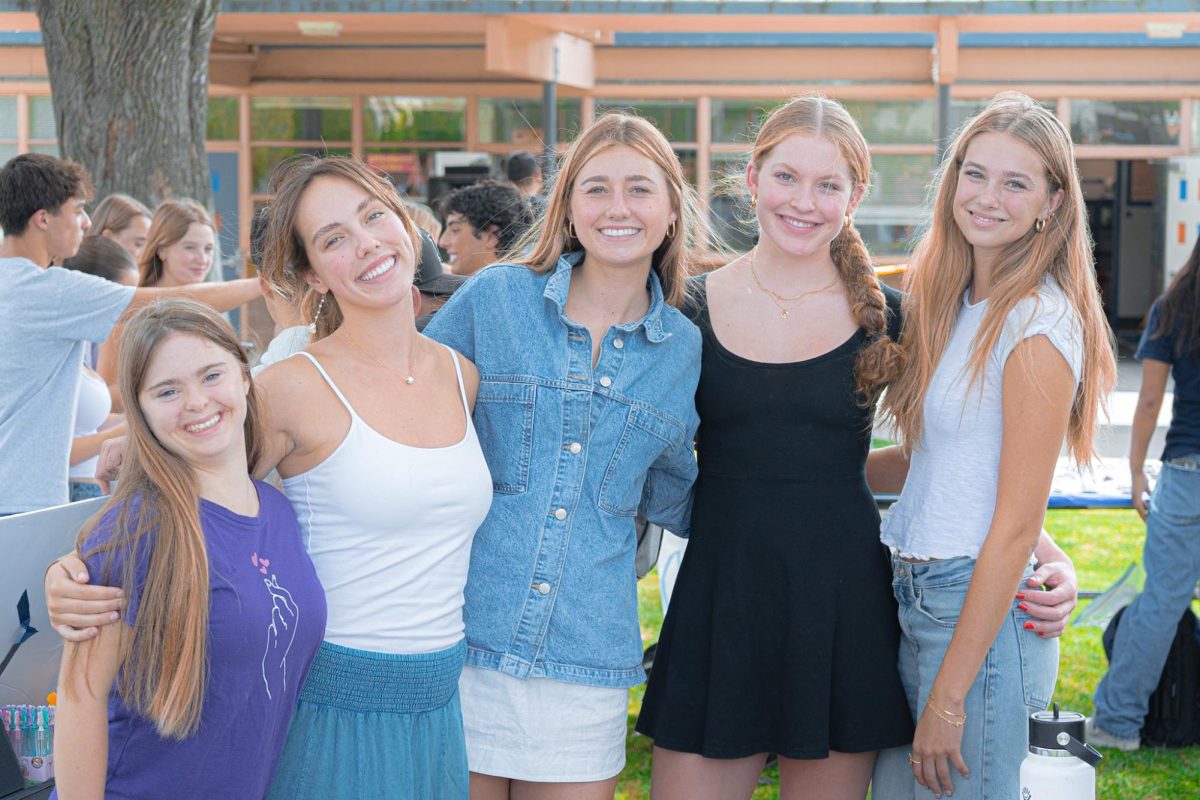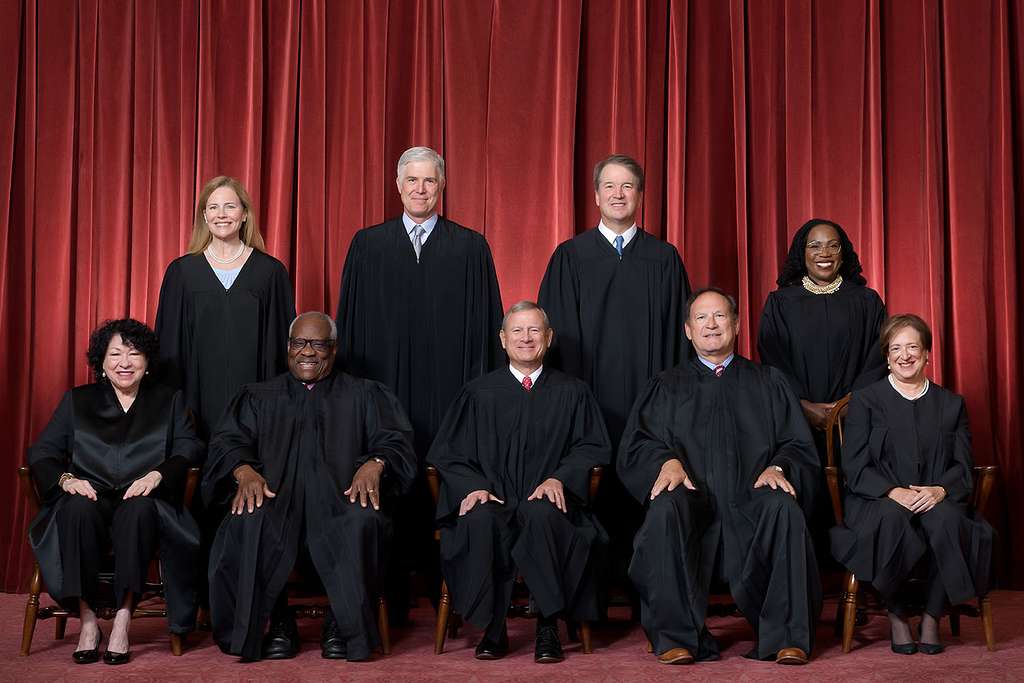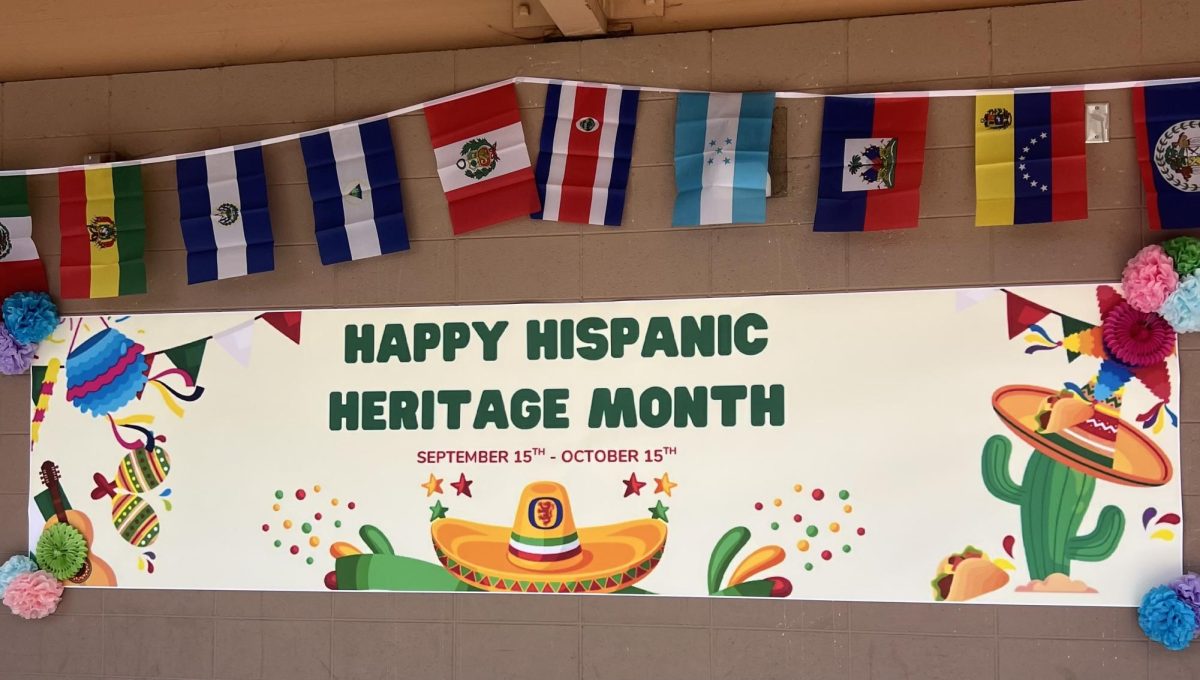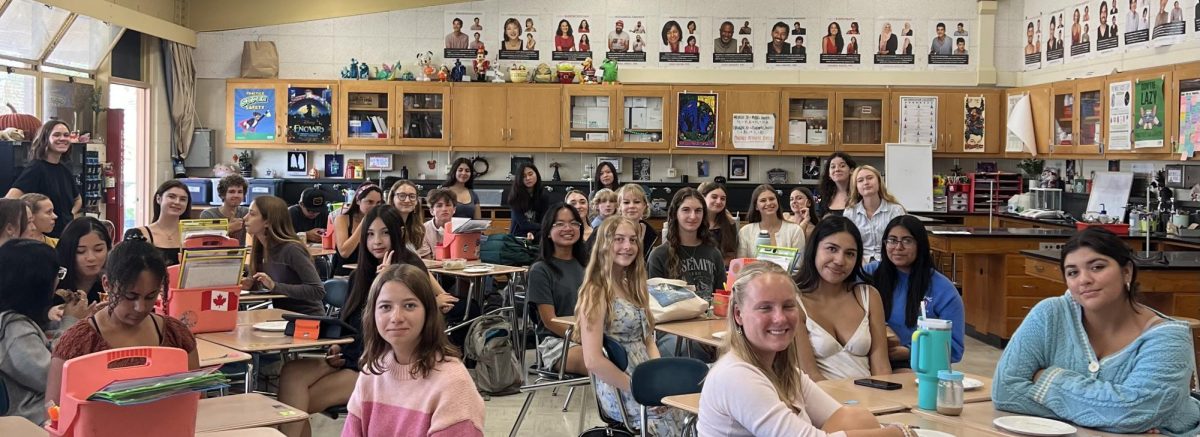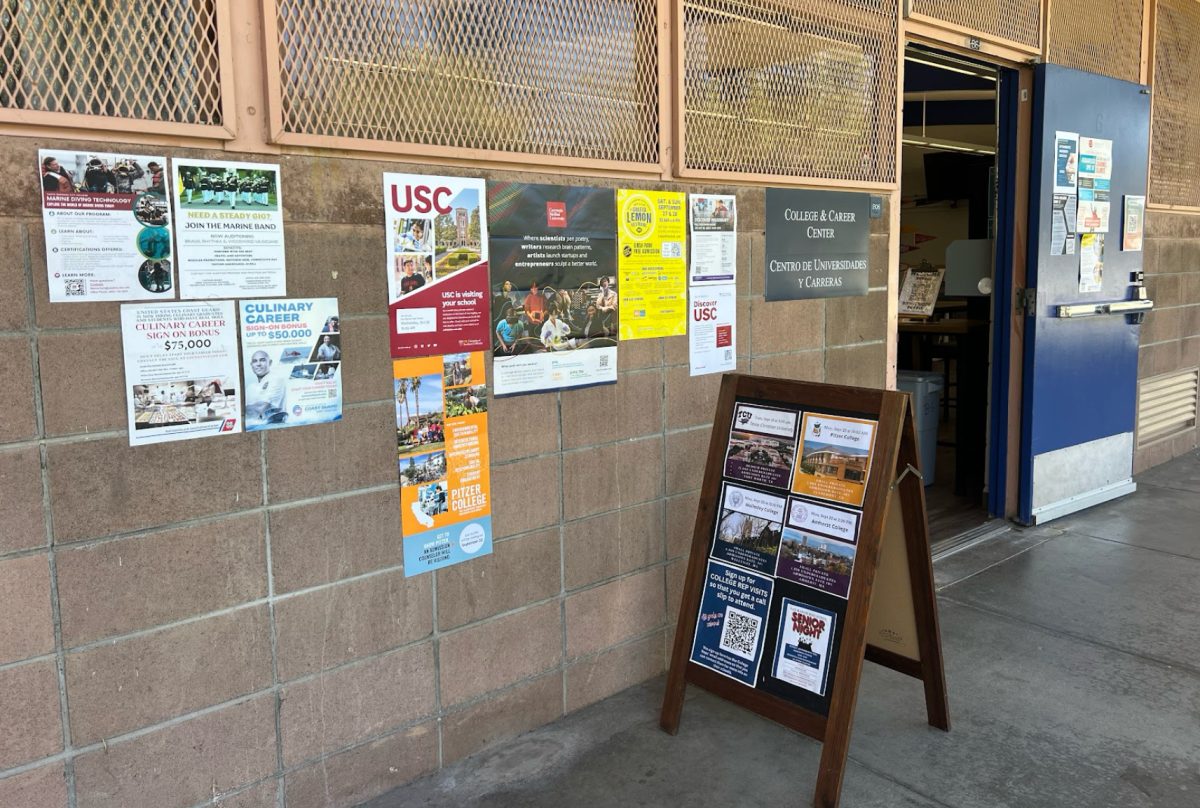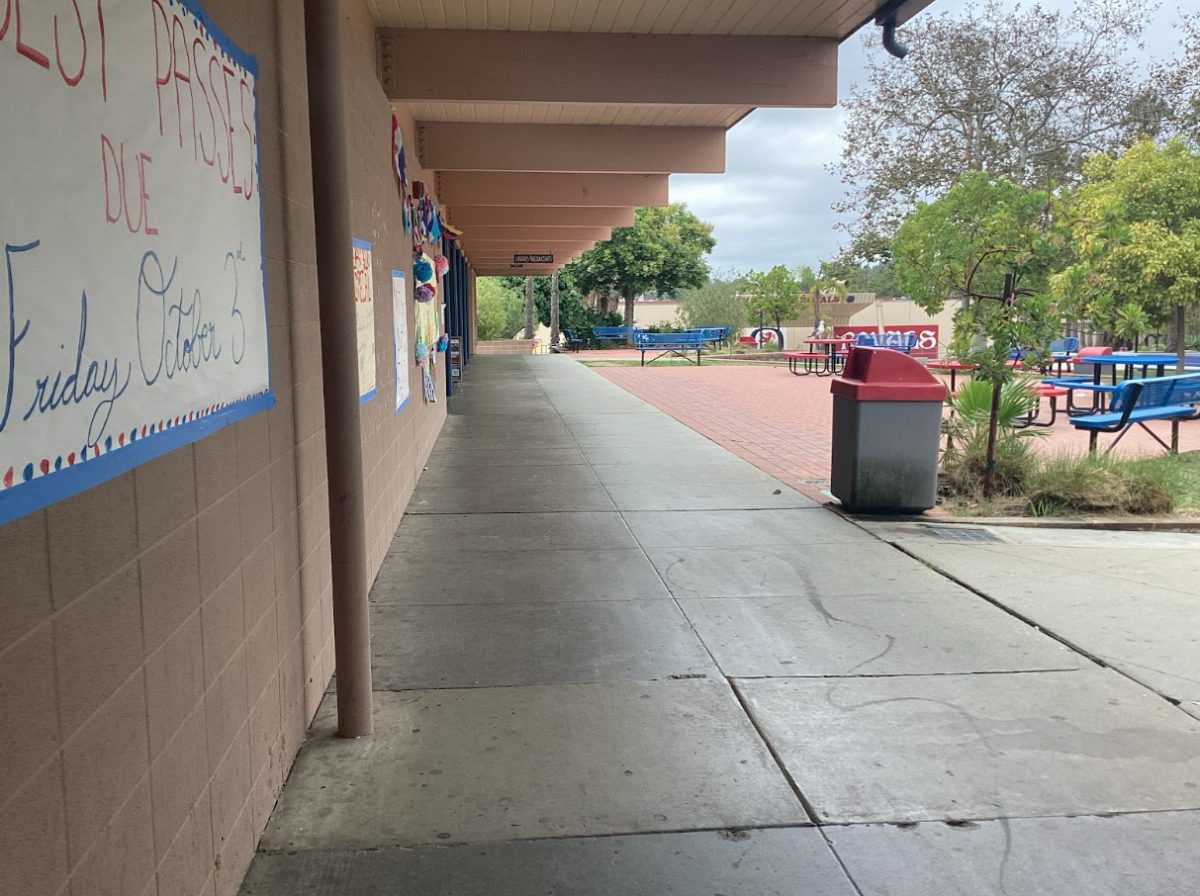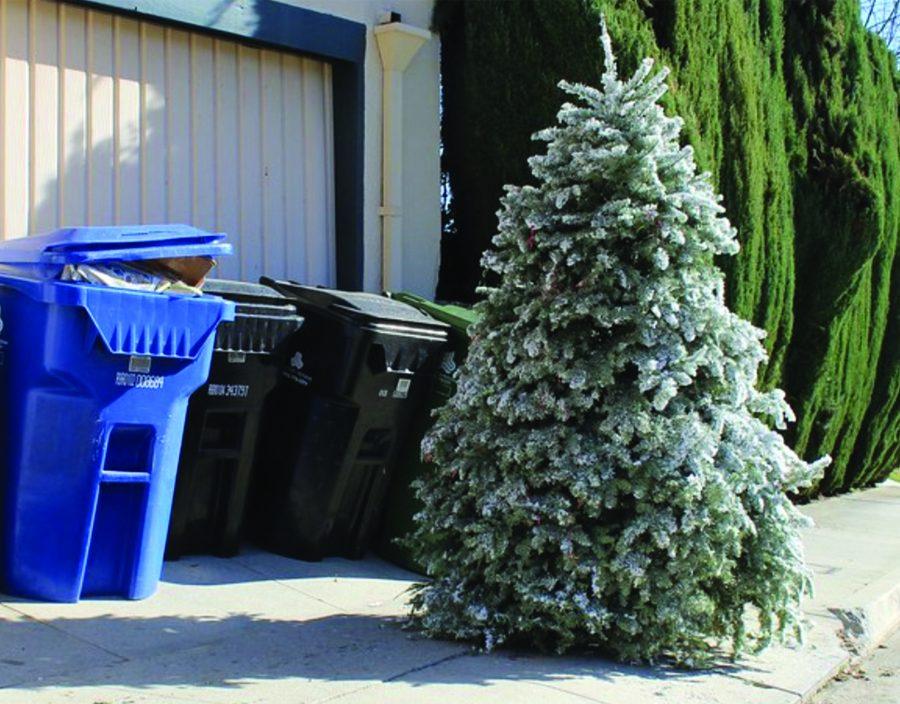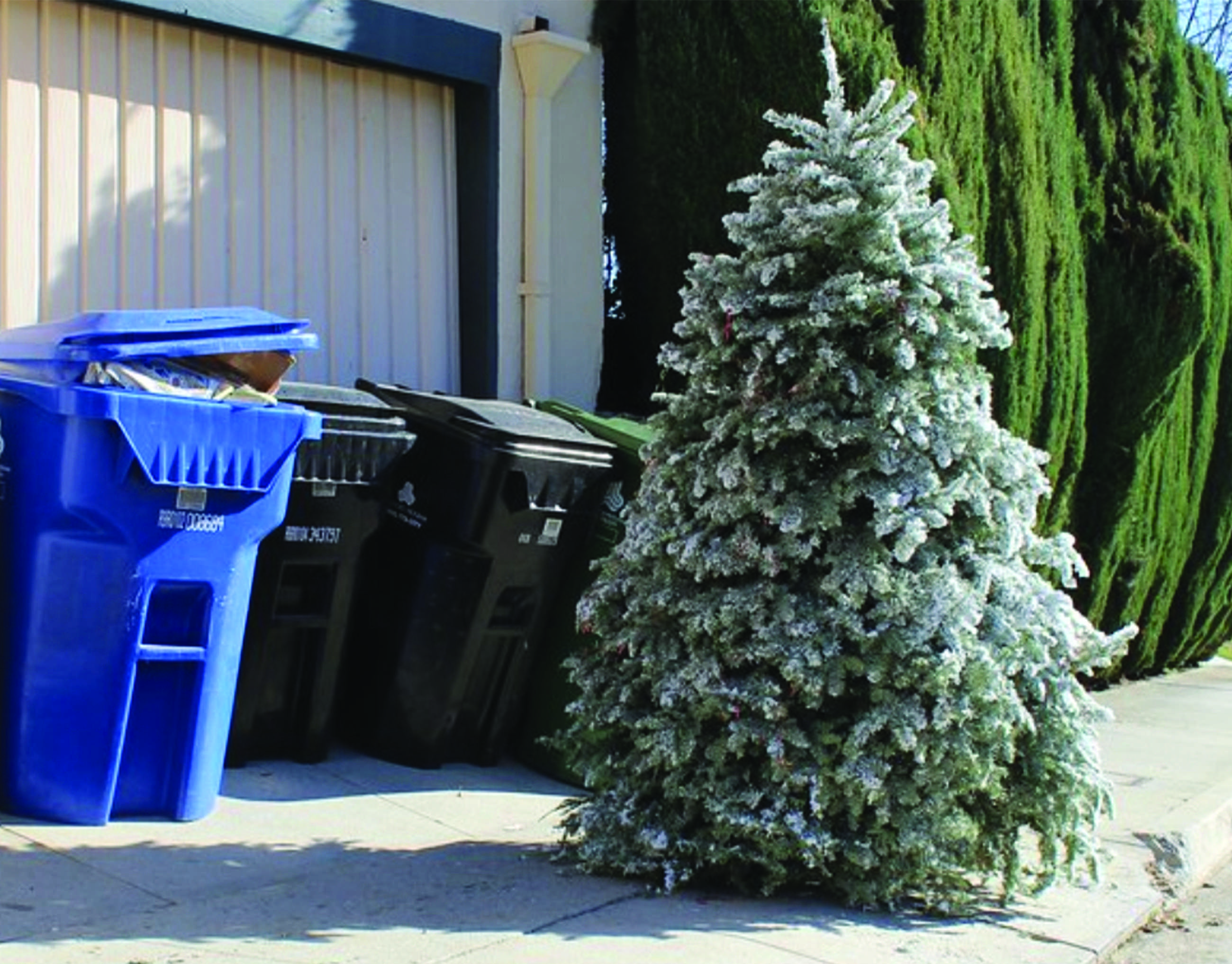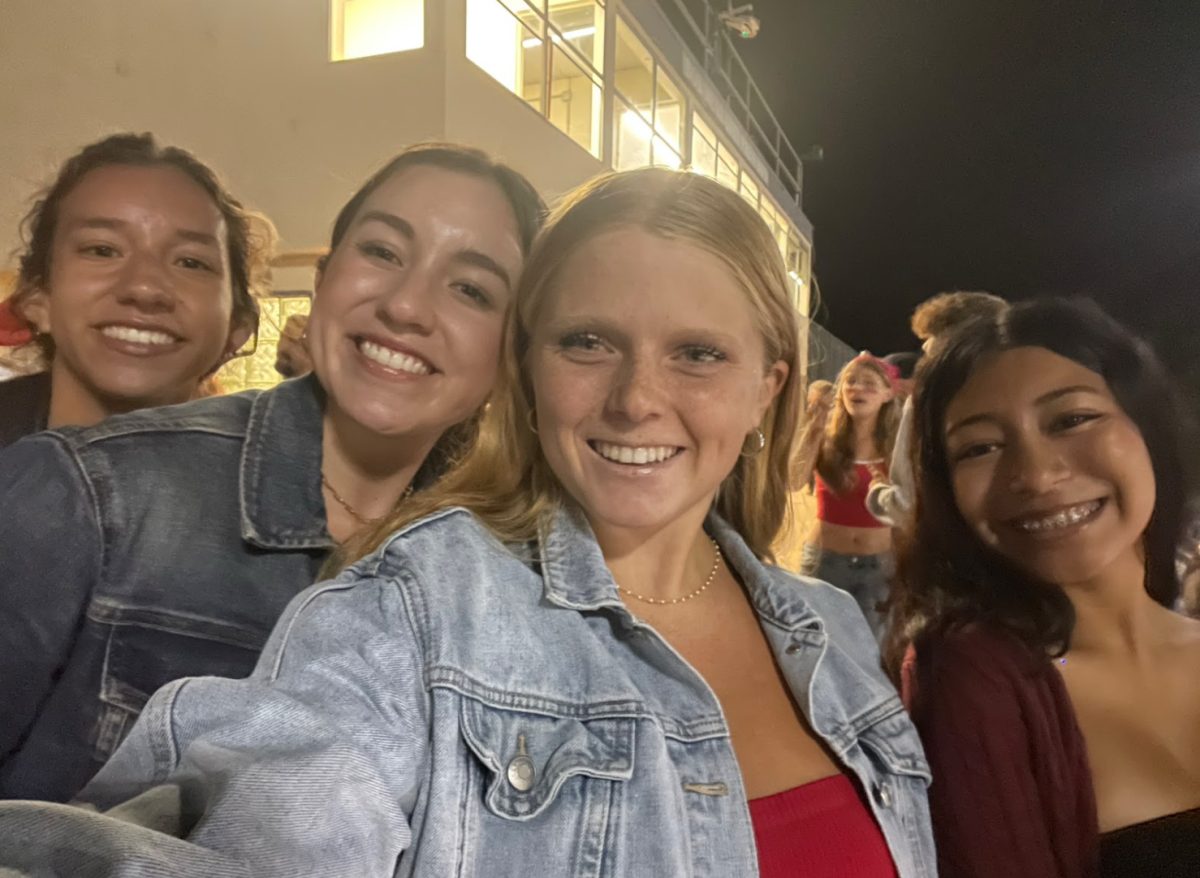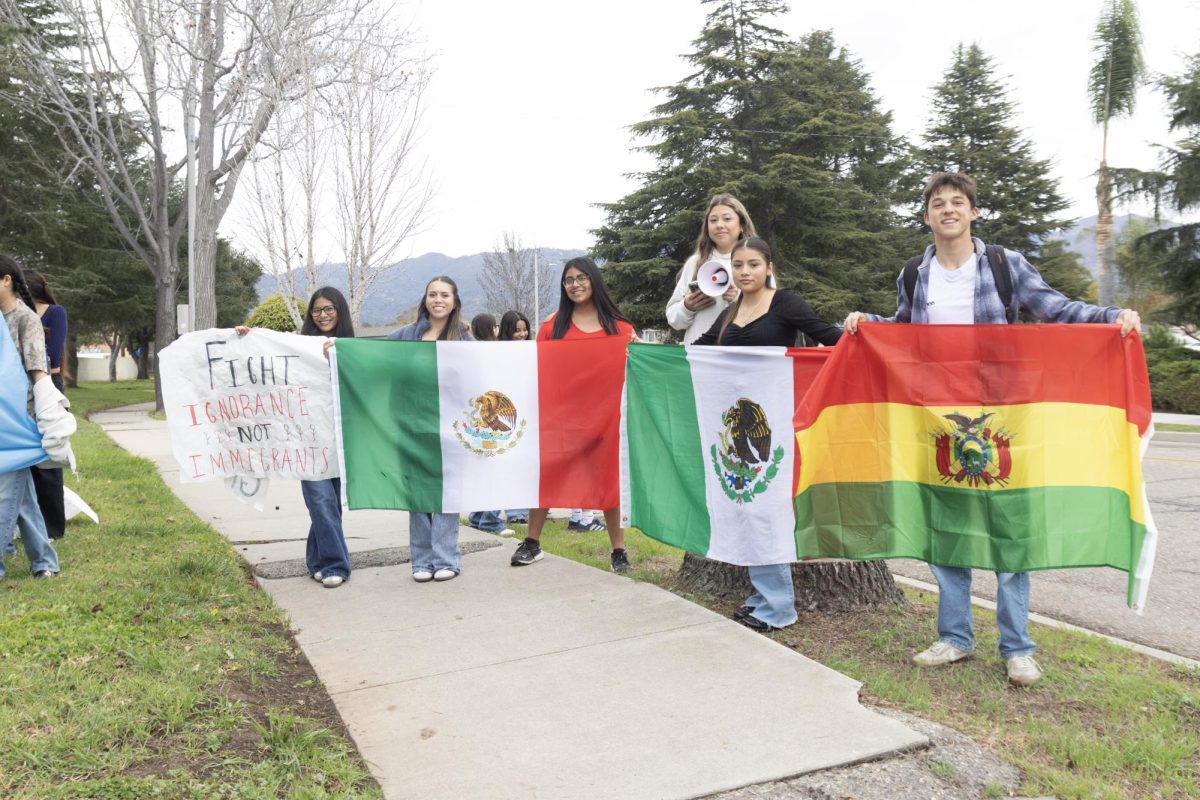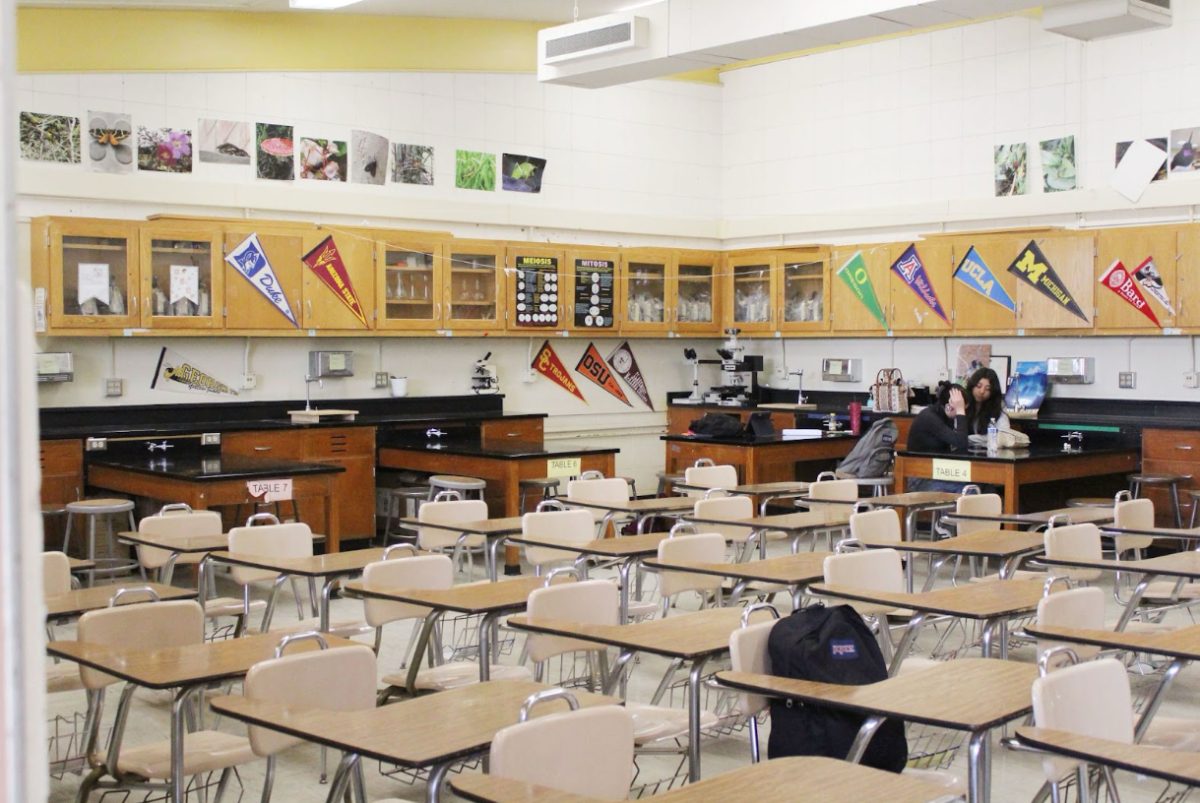According to a Stanford study, Americans produce an extra 25% more waste during the holiday season, or around 25 million extra tons of waste, which would amount to a million tons a week wasted. If every family were to wrap three presents in reused materials, we could save the same amount of paper it takes to cover 45,000 football fields. The shocking amount of 2.65 billion cards sold each year could fill a 10 story football field, but if each family were to send one less card, we would see 50,000 cubic yards of paper saved. Numbers like these are shocking, so how can we lower them?
The number one thing we can do is rethink how we wrap our presents. The shiny glitter wrapping paper we love to see our presents wrapped in is actually non-recyclable, and is made almost entirely out of microplastics, which are very harmful for our ocean animals. The lovely bows we see on top of our gifts are also plastic, and can be replaced by reusable cloth ribbons that do not affect our environment nearly as much, if at all. Some possible alternatives to wrapping paper are newspapers and old maps for large presents, or colorful magazines for smaller gifts. If at all possible, we could even avoid paper wrapping entirely and substitute it with cardboard boxes or baskets. The waste we produce depends entirely on us, so these alternatives should definitely be in our thoughts
After we open our gifts from under the tree, we must be careful not to dispose of wrappings in the wrong place. Many items that are put in the recycling bin are not actually recyclable, and if they are not they could possibly contaminate the rest of the bin, causing it all to be disposed of in the landfill. Some commonly recycled items during the holidays that are not recyclable are: bubble wrap, cellophane, Christmas lights, batteries, foam packaging, packing peanuts, and electronics.
One large factor we often overlook is what gifts we buy for our friends and family. Often we overlook the waste that is produced just from buying gifts. There is a large carbon footprint when it comes to shipping gifts, especially if they are made outside of the United States. Small stocking stuffers are often just bought to take up space, and will usually only be used once and thrown away.
“Think about the gifts you are buying,” said San Marcos AP Environmental Science teacher Kim Tilton. “Are they sustainable? Do they have a function? Will they last a while? Consider the environmental effect and life cycle of the gift before you buy it.”
A good alternative to regular consumer gifts are homemade presents, items that do not take a lot of energy to make. A popular gift recently has been vouchers for activities such as going to a movie or a concert because there is no physical item that can be wasted. Considering everything about your gift before you buy it is essential to limiting waste this holiday season.
Making sure that trash is disposed of in the correct place is essential to limiting the amount of waste we produce during the holiday season, so double check before throwing anything away. It should be everyone’s goal and responsibility to limit the amount of waste we produce this wintertime so that we can keep our shared community clean.

